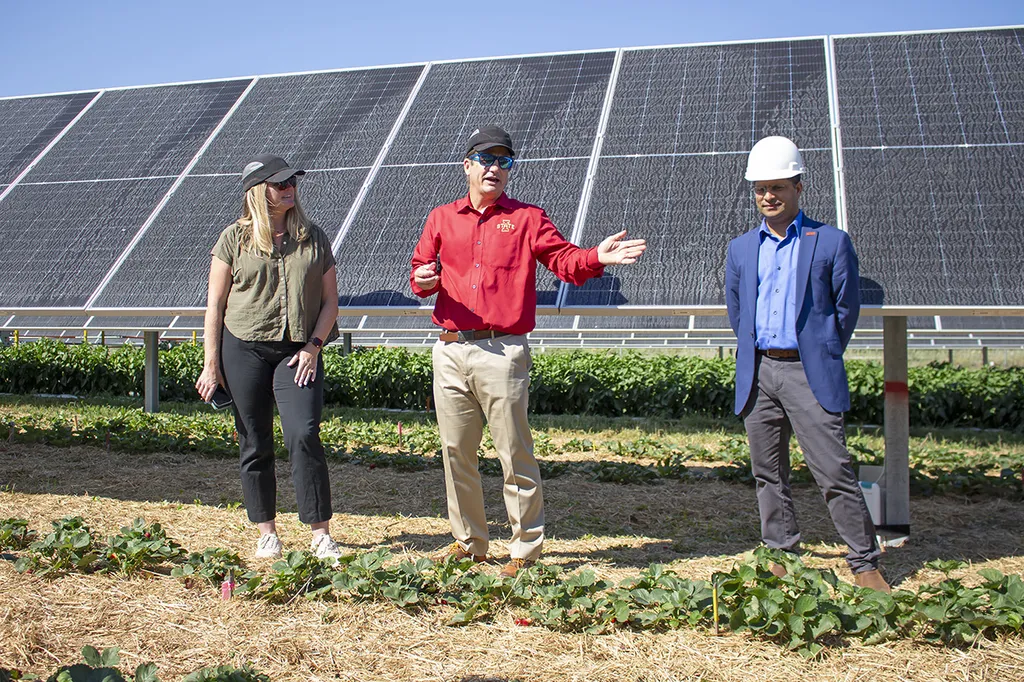In an era where climate change is pushing power grids to their limits, a new study offers a promising strategy to bolster energy infrastructure resilience while cutting emissions. Muneer Qudaisat, an assistant professor at Iowa State University, has been delving into the potential of Distributed Energy Resources (DERs), specifically solar photovoltaic (PV) systems paired with battery storage. His research, published in the journal “Developments in the Built Environment,” presents a compelling case for strategic DER deployment to enhance grid resilience and reduce carbon footprints.
Qudaisat’s study comes at a critical time, as extreme weather events—fueled by climate change—are increasingly straining power infrastructure. “We’re seeing more frequent outages, higher maintenance costs, and elevated safety risks,” Qudaisat explains. “But there’s a way to mitigate these challenges while also reducing our reliance on fossil fuels.”
The research evaluates two DER deployment strategies: a targeted approach for outage-prone areas and a wide-scale community adoption model. Using Latin Hypercube Sampling, Qudaisat simulated scenarios based on power demand, daylight, battery capacity, and PV size. The findings are striking. A 40% to 60% adoption rate of DERs yields the highest net benefits, significantly reducing outage durations and emissions.
For businesses and communities, this translates to tangible benefits. “A 7–10 kW PV system with a 20–40 kWh battery can typically ensure 24 hours of backup power,” Qudaisat notes. This means fewer disruptions for businesses, lower operational costs, and a more resilient energy infrastructure.
The study’s implications for the energy sector are profound. It underscores the need for strategic planning in DER deployment, highlighting the economic, environmental, and resilience benefits. “This isn’t just about installing solar panels and batteries,” Qudaisat says. “It’s about integrating these resources in a way that maximizes their potential to strengthen our energy infrastructure.”
As the energy sector grapples with the challenges posed by climate change, Qudaisat’s research offers a roadmap for a more resilient, low-carbon future. It’s a call to action for policymakers, energy providers, and communities to embrace DERs as a key component of their energy strategies. With strategic planning and widespread adoption, DERs could well be the cornerstone of a more robust and sustainable energy infrastructure.

